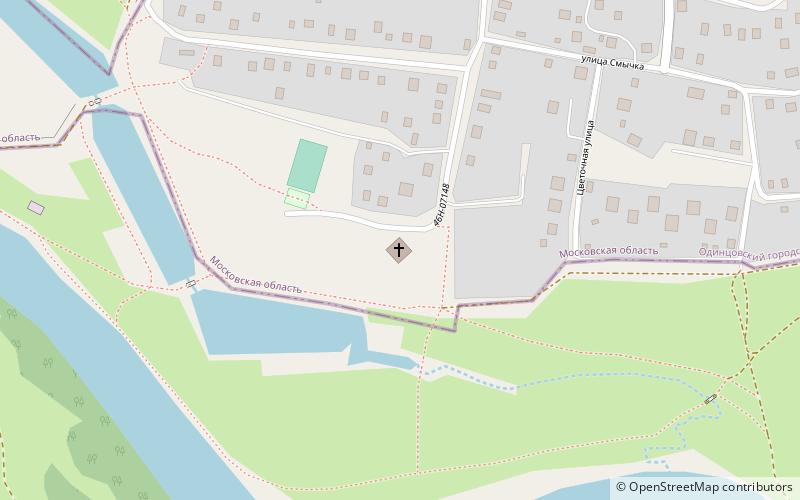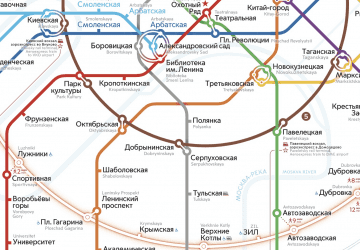Cerkov Spasa Nerukotvornogo Obraza, Moscow


Facts and practical information
The Church of the Savior Not Made by hands is an Orthodox church in the Odintsovo parish of the Moscow diocese. The church is located in the village of Ubory, Odintsovsky urban district, Moscow region.
Church in the name of the Savior Not Made by hands is the main attraction of the village. At first, in 1673, by order of the boyar Peter Vasilievich Sheremetev, who was called Sheremetev the Younger, a wooden church was built, after which the village became known as Spassky. But the name didn't stick, more often it was called Spas-Ubory. Tsar Alexei Mikhailovich, who was in favor of Sheremetev, sent to the new church books "The Lenten Triodion" and "Pentikostarium, or Service for Pentecost".
Later P. V. Sheremetev decided to build a stone church and instructed Yakov Bukhvostov, Tatishchev's serf architect, and his assistants, who was building a church nearby in the New Jerusalem Monastery.
The peasants Yakov Grigorev son Bukhvostov, Mikhail Timofeyev and Mitrophan Semyonov, all of whom are contractors, have given this record to the boyar Peter Vasilyevich Sheremetev, that That in the last 5202 year January in 10 we hired at him, boyar Peter Vasiljevich, in his country estate, in village Spaskom, Ubori also, to build church stone and to finish it for us all against the record by date of October 8 to 5203 of the present year.
But Bukhvostov, busy at the time of the construction of the Assumption Cathedral in Ryazan, as well as the construction of walls and towers Novoierusalimsky monastery, could not finish construction on time, and Sheremetev filed a complaint against him to the Order of stone affairs, demanding payment of penalties. Bukhvostov did not have the required amount, and then by decision of the Order the architect was arrested and imprisoned, and also sentenced to whipping "mercilessly and finish the stone work.
The construction of the church was finished after the boyar's death, at the end of 1697. It took another three years to complete the interior decoration of the church: a 25-meter 9-tier carved gilded iconostasis was made and icons were painted. On September 17, 1700 an antimins was issued for consecration of the church.
During the Patriotic War of 1812 the French army passed through Ubori, the French destroyed the church and until 1836 the church stood in disrepair.
A petition has survived about permission to repair the church, replace the window coverings, and renew the icons. The temple subsequently operated until the end of the 1930s. After the iconostasis was sawn up and burned, the bells were given to melting. Returned to the church in the summer of 1995. Church architects M.O. Pustovalov and A.A. Anisimov were in charge of the restoration of the church.
The Church of the Savior in Ubory belongs to the Moscow Baroque, or more precisely to the "Naryshkin Baroque", it is a type of church "and under the bells". It combines traditions of Russian white-stone architecture and innovations of Western European architecture. Decorativeness and brightness are usually characteristic of such temples. The color scheme is contrasting in a combination of red walls and white carved details. In Naryshkin baroque the elements of a warrant were widely used. The facade of the church is decorated with white stone platbands and twisted columns with capitals. The temple has four tiers and the whole four-tier volume rests on a high stylobate. On the bottom tier with semicircles of vestibules and an altar are based octahedrons reducing in the size. Only the candlestick, which stood by the icon of the apostles Peter and Paul, is the only item left of the former decoration of the church.
Moscow
Cerkov Spasa Nerukotvornogo Obraza – popular in the area (distance from the attraction)
Nearby attractions include: Gridchinhall.

 Metro
Metro